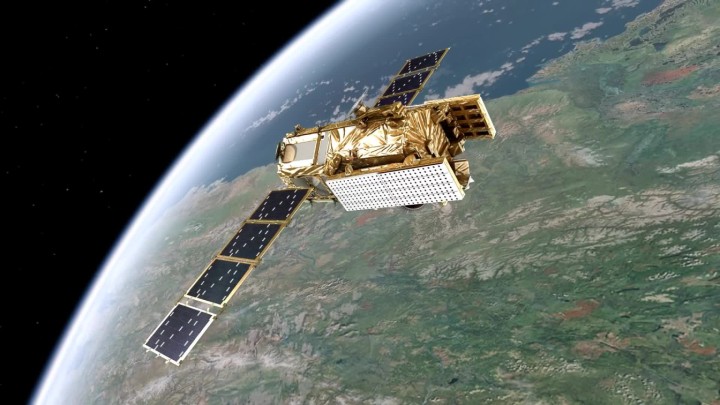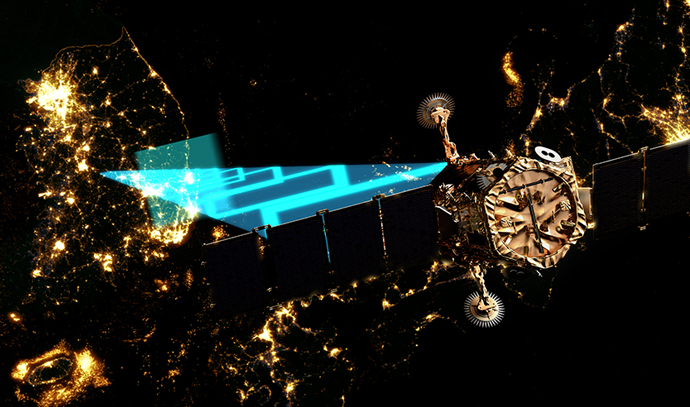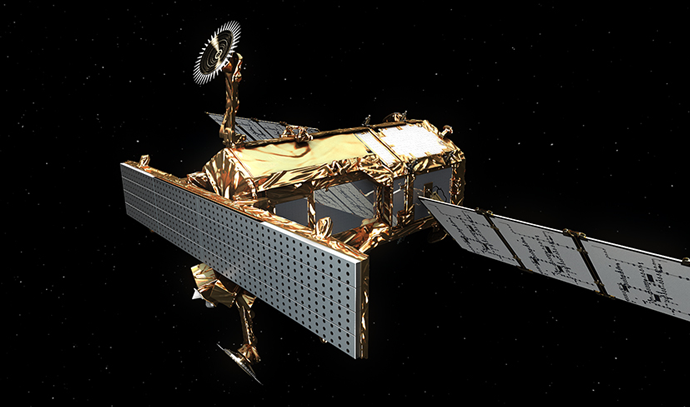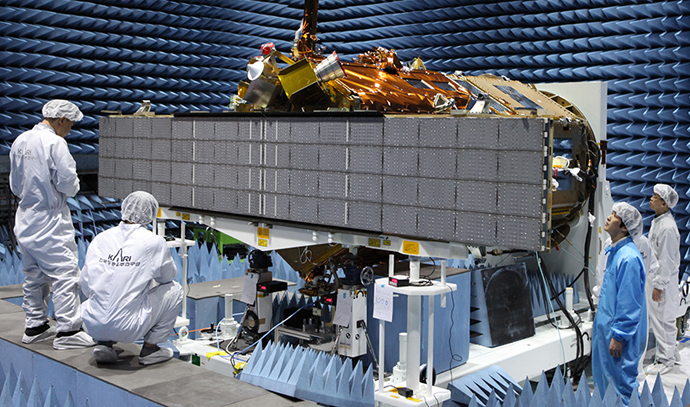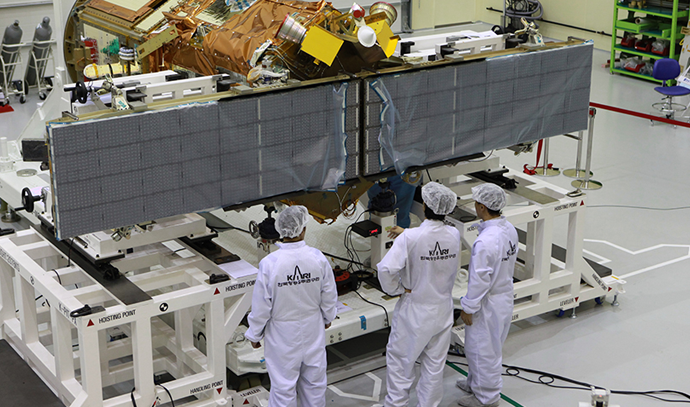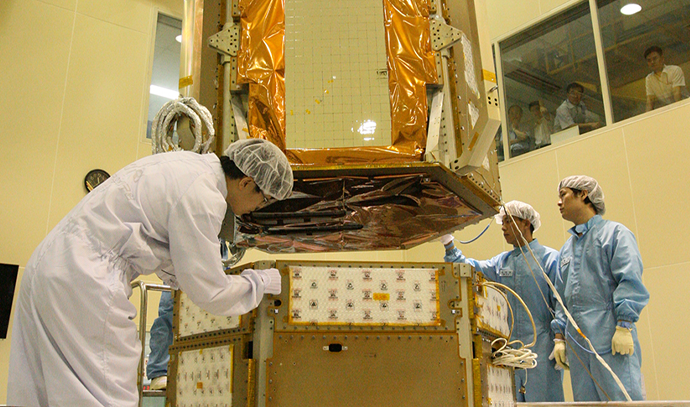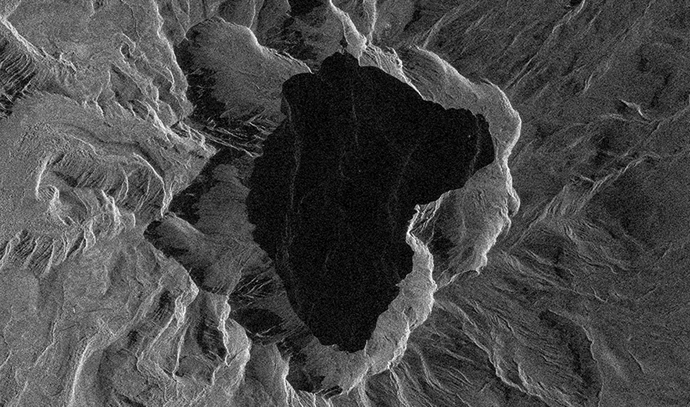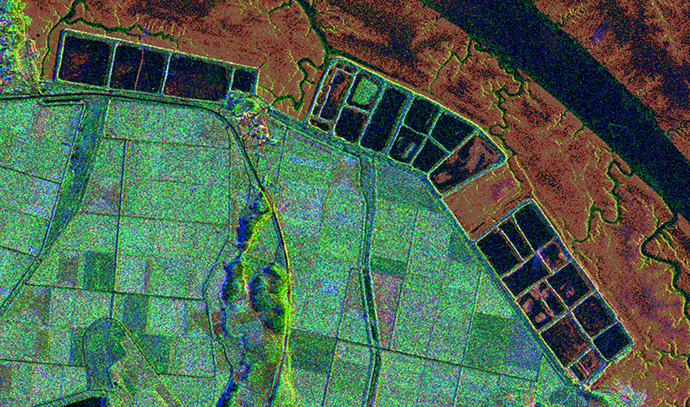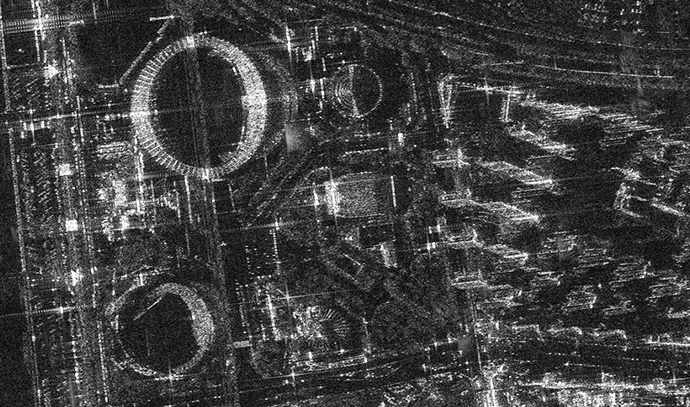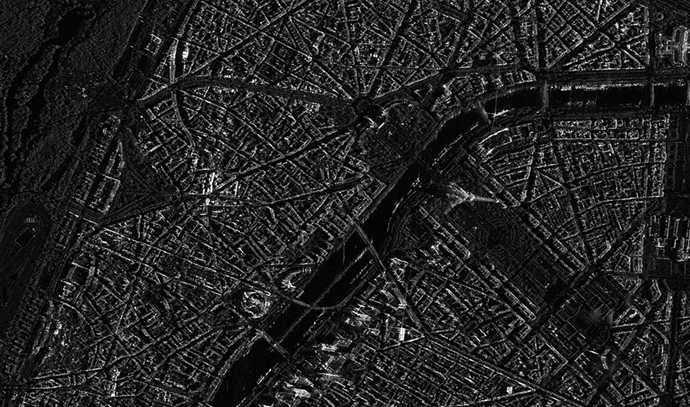The development of Arirang 5 enabled securing not only existing optical images but also all-weather, day and night radar images as demanded in Korea. Arirang 5 is capable of all-weather observation and is used in national disasters and emergency management by complementing the optical and IR images of Arirang 2, Arirang 3, and Arirang 3A. The images of Arirang 5 can be used for geographic information systems (GIS), ocean observation, ground observation, disaster monitoring, and environmental monitoring. They are currently used for land and urban planning, water resources, agriculture, ocean, forestry, environment, map production, and geological resource utilization.
The development of Arirang 5 opened an opportunity to secure the basis for the development of the Arirang 6 imaging radar with resolution of 50 cm with Korean technologies and imaging radar correction and processing technologies. Arirang 5 has successfully completed its mission for five years, operating for an extended period of 2 years as of 2019.

